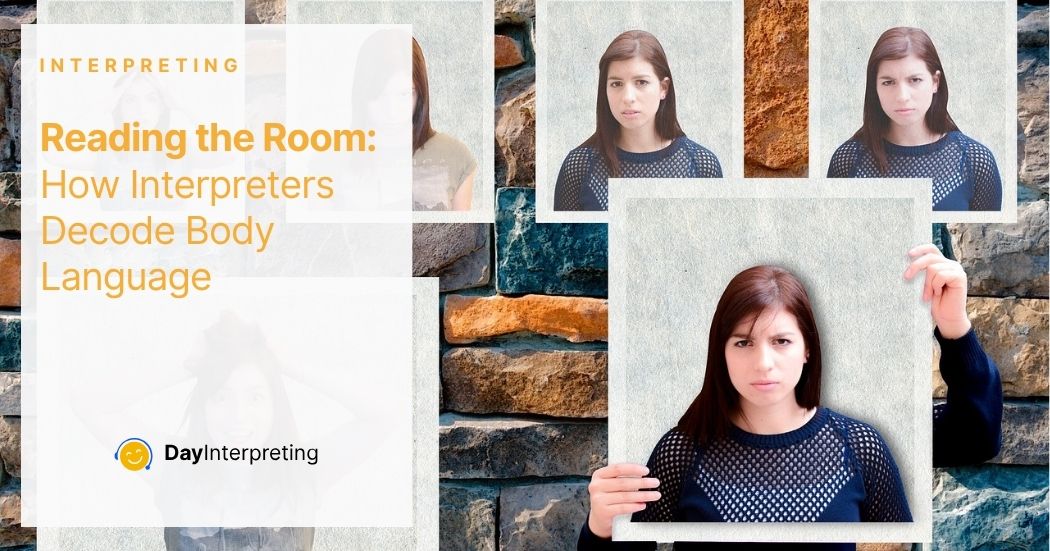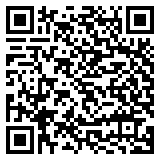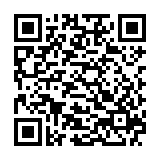A furrowed brow. A shrug. A smirk just as someone says, “Sure, I agree.” We all read these signals without even realizing it — and interpreters? Interpreters decode body language like seasoned pros!
While most people think interpreting is all about words, professionals know that non-verbal communication can change everything. Body language, tone, and facial expression — these subtle cues can reveal what words hide or don’t say at all.
What Is Non-Verbal Language?
Non-verbal communication includes:
- Facial expressions (smiling, frowning, eye-rolling)
- Gestures (pointing, waving, thumbs-up)
- Posture (crossed arms, leaning forward, slouching)
- Tone of voice (sarcastic, hesitant, warm)
- Eye contact (avoiding, intense, flickering)
It’s the unspoken part of communication that often speaks the loudest.
And interpreting it correctly? That’s an art.
Why Interpreters Decode Body Language as Part of the Job
Imagine interpreting for a couple in mediation. The husband says, “It’s fine.” But he’s glaring at the wall and his fists are clenched. Is it really fine? Probably not.
Or you’re in a medical setting. A child says “I’m okay” but tears up. That’s a cue an interpreter needs to pick up on—not to overstep, but to flag that emotional tone may need to be acknowledged.
Body Language Adds Context
Tone and gesture provide emotional colour. They show hesitation, sarcasm, anger, or fear—things that are vital to capture, especially in:
- Legal settings (witness credibility)
- Medical contexts (describing pain or trauma)
- Therapy or counselling
- Business negotiations
- Immigration interviews
Interpreting Cross-Cultural Body Language
Here’s where it gets tricky.
Body language isn’t universal. What means “yes” in one country might mean “no” in another.
Cultural Examples:
- Nodding: In Bulgaria and parts of the Middle East, nodding can mean “no.”
- Eye contact: Seen as respectful in the US, but aggressive or inappropriate in some Asian cultures.
- Pointing: Common in the West, but rude in Indonesia, Japan, and many African countries.
- Silence: In Western cultures, silence might feel awkward. In others (like Japan), it’s a sign of thoughtfulness or respect.
Good interpreters don’t just translate—they mediate between cultures. That includes adjusting their interpretation of gestures and tone, and sometimes explaining to clients why something “feels off” even if it sounds okay.
When Words and Body Don’t Match
This is where interpreting gets delicate.
If someone says, “I’m happy with the decision,” but their body screams discomfort, what should the interpreter do?
They can’t editorialise—but they can use tone, hesitations, or qualifiers to reflect what’s truly happening.
For example:
- “He says he’s happy with the decision.” (flat tone)
- “She states she’s okay, but she seems unsure.” (In settings where tone is important, such as therapy or legal interviews)
It’s about fidelity—not just to the words, but to the intent behind them.
When Interpreters Use Body Language Themselves
Interpreters also need to be aware of their own body language. In high-stakes settings, staying neutral is crucial. A sigh, eye-roll, or even an empathetic head tilt can influence the perception of what’s being said.
So yes, interpreters are trained to be invisible—but also alert, expressive, and responsive when necessary.
Conclusion: More Than Meets the Eye
Interpreting is often thought of as simply translating words in and out. But the best interpreters know that meaning doesn’t stop at the sentence level—it’s written on faces, felt in silences, and whispered in body language.
They don’t just translate the spoken—they capture the human.
So the next time you watch an interpreter at work, remember they’re not just listening. They’re reading the room, one raised eyebrow at a time.





0 Comments